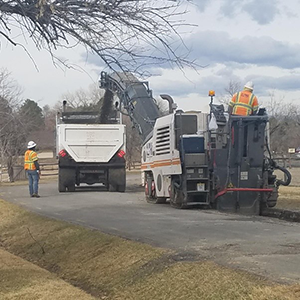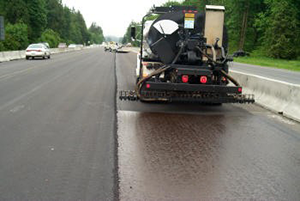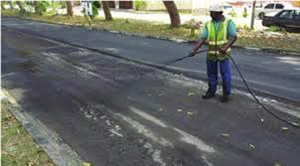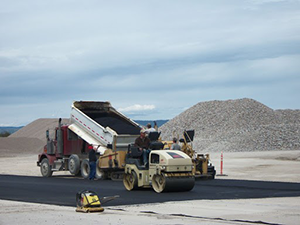When will Denver Water restore my street after construction?
Most of Denver Water’s infrastructure is in the public right-of-way, which is primarily in the street. After work in the street is complete, crews will install a temporary asphalt patch. This patch will be in place until crews can return for final restoration when weather and schedules allow.
What is the final step in the restoration process?
The final step in the restoration process is called “mill and overlay.” This step involves removing the top layer of asphalt from the street and replacing it with a new, smooth layer of pavement.
How will I know when street restoration is coming?
“No Parking” signs will be posted in advance of street restoration and strictly enforced. Vehicles remaining in the no-parking area may be towed.
Will this impact my trash pickup or deliveries?
We will make every effort to allow services, including trash pickup, deliveries and lawn or landscaping services, to operate normally during these activities.
Why are you working on weekends?
Weekend work may be required to accommodate paving schedules and weather conditions. Colorado’s weather can be unpredictable, so if the weather meets paving requirements, paving may take place on weekends.
Successful asphalt patching is heavily reliant on ideal weather conditions, which must be at least 40 degrees, with no chance of precipitation.
When can I drive on the newly paved street?
Typically, the street will reopen for travel as soon as paving is complete.
| First, crews will remove the top layer of asphalt from the street. | Then, an adhesive known as tack material is applied. |
| Tack material may also be applied by hand. | The final step is to install the new layer of asphalt. |




